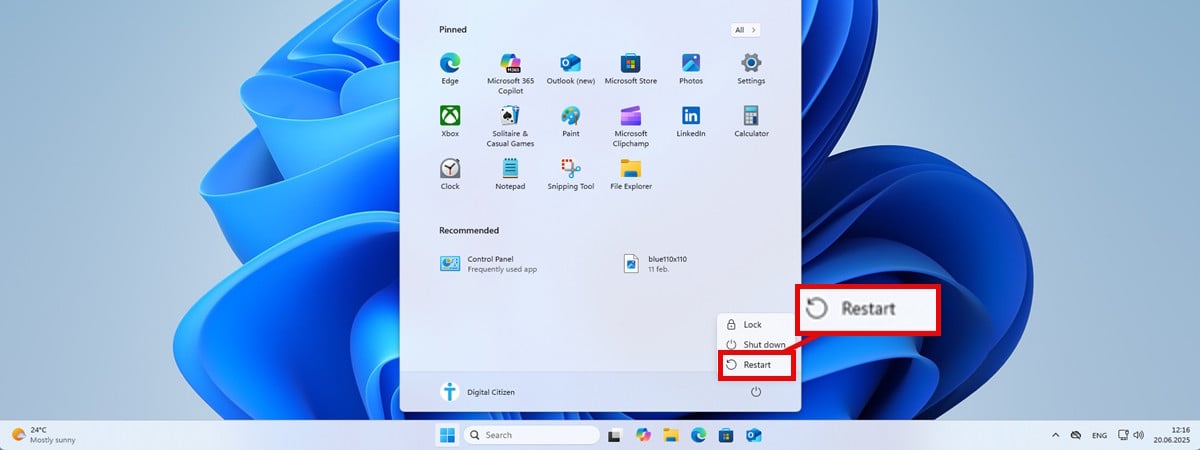Germany’s new Hunter supercomputer doubles performance using 80% less energy

When most people think of supercomputers, they picture massive machines in cold rooms, eating up incredible amounts of electricity. But in Stuttgart, Germany, scientists have just finished building a supercomputer that is changing this story. Hunter, their newest supercomputer based on AMD Instinct MI300A accelerated processing units (APUs), can solve complex problems about our weather, help design environmentally-friendly aircraft, and even train new language models in 24 European languages – all while using less power than 1500 single family homes. Here’s how this was possible:
Staying cool without breaking the power bank
The secret behind Hunter is its clever cooling and energy efficiency. Instead of using noisy and inefficient fans to keep cool, like an old Windows laptop, it uses liquid cooling throughout its entire system. HPE, the company that built Hunter, says this is the first time anyone has made a cooling system like this for a computer this powerful.
The University of Stuttgart spent €15 million on this project, splitting the bill between local and federal government. That might sound like a lot, but the investment is already paying off. A local tech startup is using Hunter to build artificial intelligence (AI) systems that can understand and respond in twenty-four different European languages – something that usually requires sending data to much bigger, more power-hungry supercomputers in other parts of the world.

The HLSR team working on Hunter
Image source: HLSR
Using advanced technology to solve real-world problems
“A high-performance computer like the new Hunter is not simply a technical innovation — more importantly, it is necessary for the future capabilities of our country and a key to progress in science and industry, ” says Petra Olschowski, Minister of Science, Research and Art of the State of Baden-Württemberg, Germany.
This supercomputer helps German scientists and companies solve complex real-world problems, like designing environmentally friendly aircraft, weather and climate modeling, and biomedical research. What makes Hunter different from older supercomputers is its “brain,” which combines enterprise AMD Instinct processors with advanced graphics chips (like the ones that allow us to play games) in a single package. This approach not only makes the supercomputer faster but also helps it handle AI tasks much better than traditional supercomputers.


AMD Instinct APU
Image source: AMD
Looking ahead: Heating buildings with computing power
The team at the University of Stuttgart isn’t done yet. They’re already planning their next supercomputer, called Herder, set to arrive in 2027. The new system will do something even more practical with its waste heat – it will be built using sustainable materials, be outfitted with photovoltaic panels, and distribute the heat generated to warm other buildings on the University of Stuttgart’s Vaihingen campus. It’s part of a bigger plan to make sure these powerful computers give back to their community instead of just consuming resources. That sounds very cool and practical, doesn’t it?
Supercomputers don’t have to be energy inefficient
Hunter proves that we don’t have to choose between having powerful supercomputers and being mindful of our energy use. It handles complex scientific work while using 80% less energy than the University’s previous flagship supercomputer, Hawk, showing that sometimes, the smartest solution is also the most energy efficient. If you want to learn more technical details about Hunter and how it’s built, I recommend reading this article published by the High-Performance Computing Center of the University of Stuttgart (HLRS).
Source link











